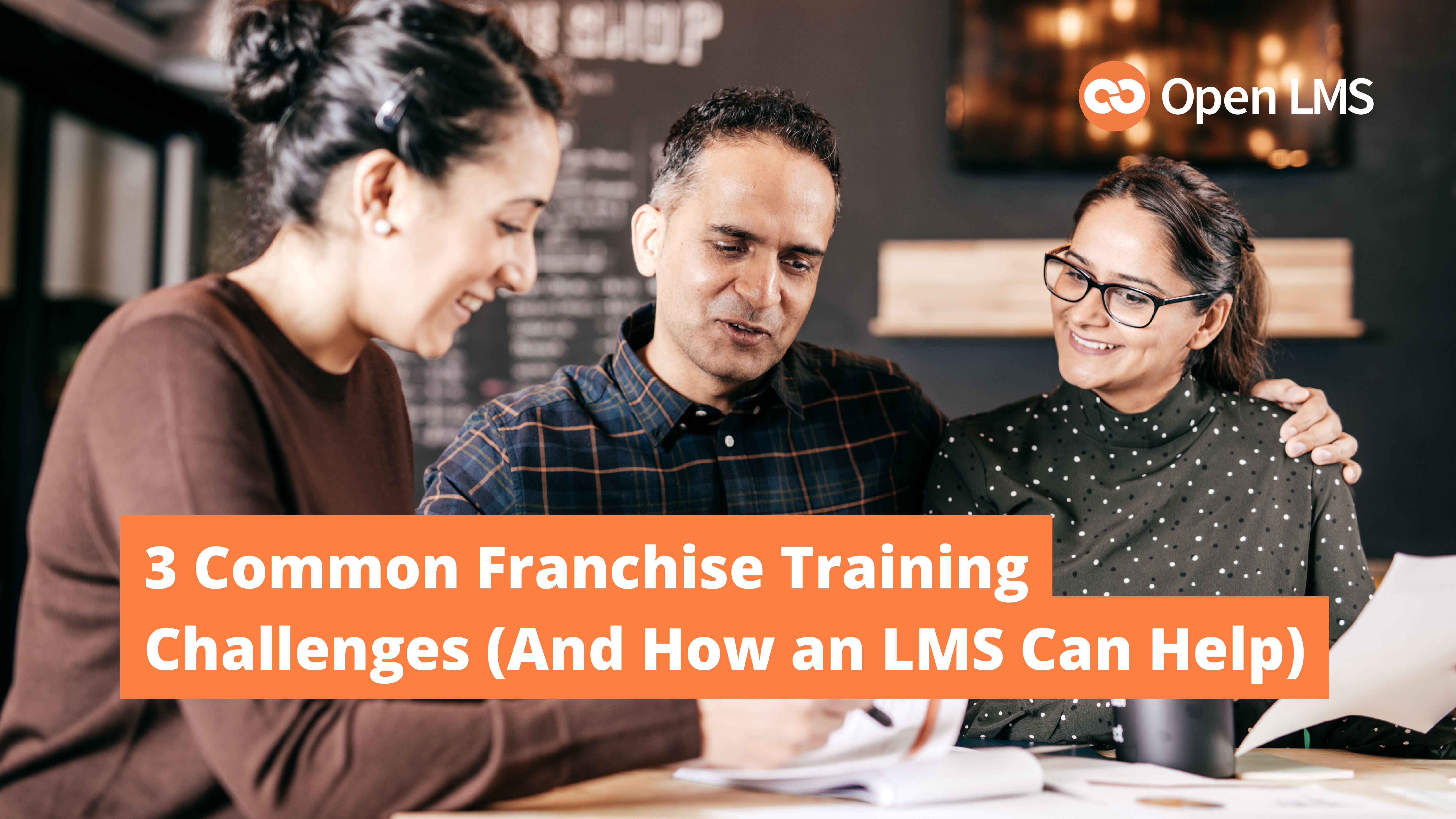
8 Must-Ask Questions Before Investing in Your Next LMS Platform
Ensure you choose the right learning platform to enhance your training programs by answering these 8 key questions. Open LMS can help. See how, with examples.

Ensure you choose the right learning platform to enhance your training programs by answering these 8 key questions. Open LMS can help. See how, with examples.

Explore 10 signs your organization is ready for an LMS. Centralize training, ensure compliance, and empower your workforce with smarter solutions.

Employing a contingent workforce can significantly reduce business costs. Learn how to leverage your LMS to train temporary employees and enhance your ROI.

Explore the top L&D trends for 2025, from AI-driven tools to immersive tech, skills-based hiring, and agile learning paths that reshape corporate training.

Customers expect consistent experiences, so your franchises need consistent training. Learn how an LMS helps you overcome three common training challenges.

Explore how smart LMS budgeting can boost your L&D programs, improve ROI, and drive business growth with flexible solutions like Open LMS.

Discover three LMS benefits to help you get the best return on your investment when hiring freelancers, fractional workers, and other contingent employees.

Can a single learning platform effectively serve all your communities? Read this article for the seven benefits of a multi-tenancy LMS.

Achieving your goals is closely linked to measuring the impact and ROI of your training initiatives. Learn how your LMS fits into this picture.